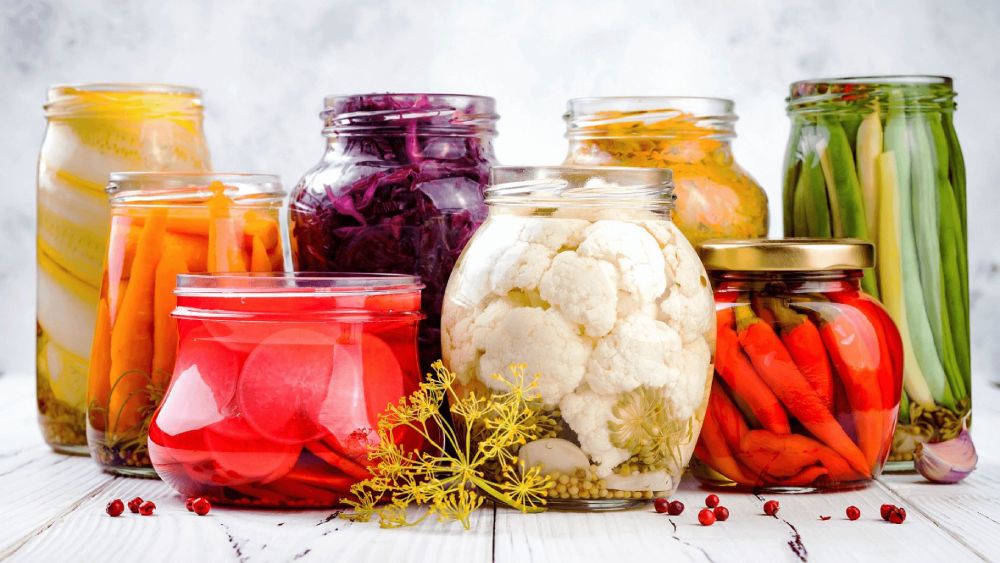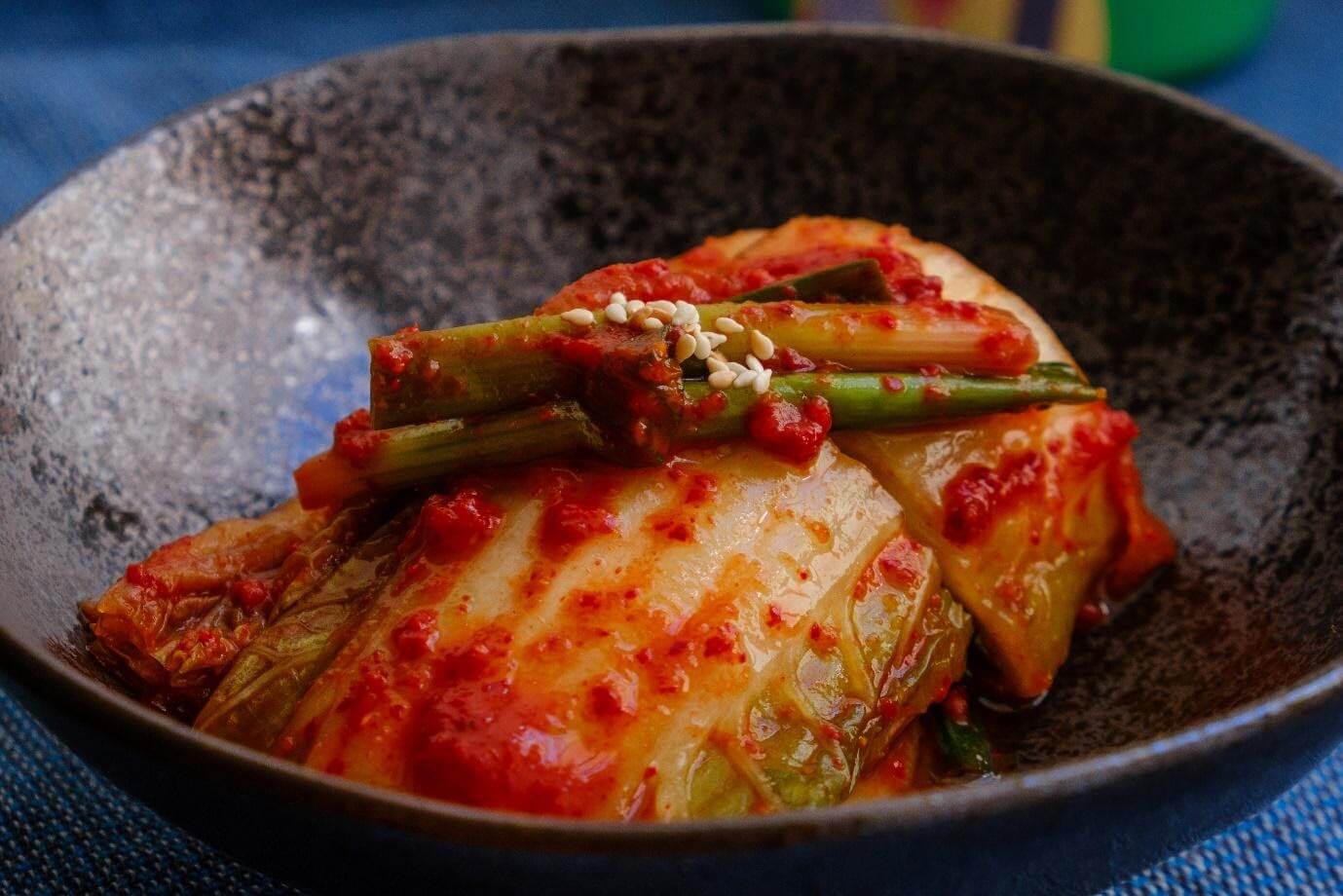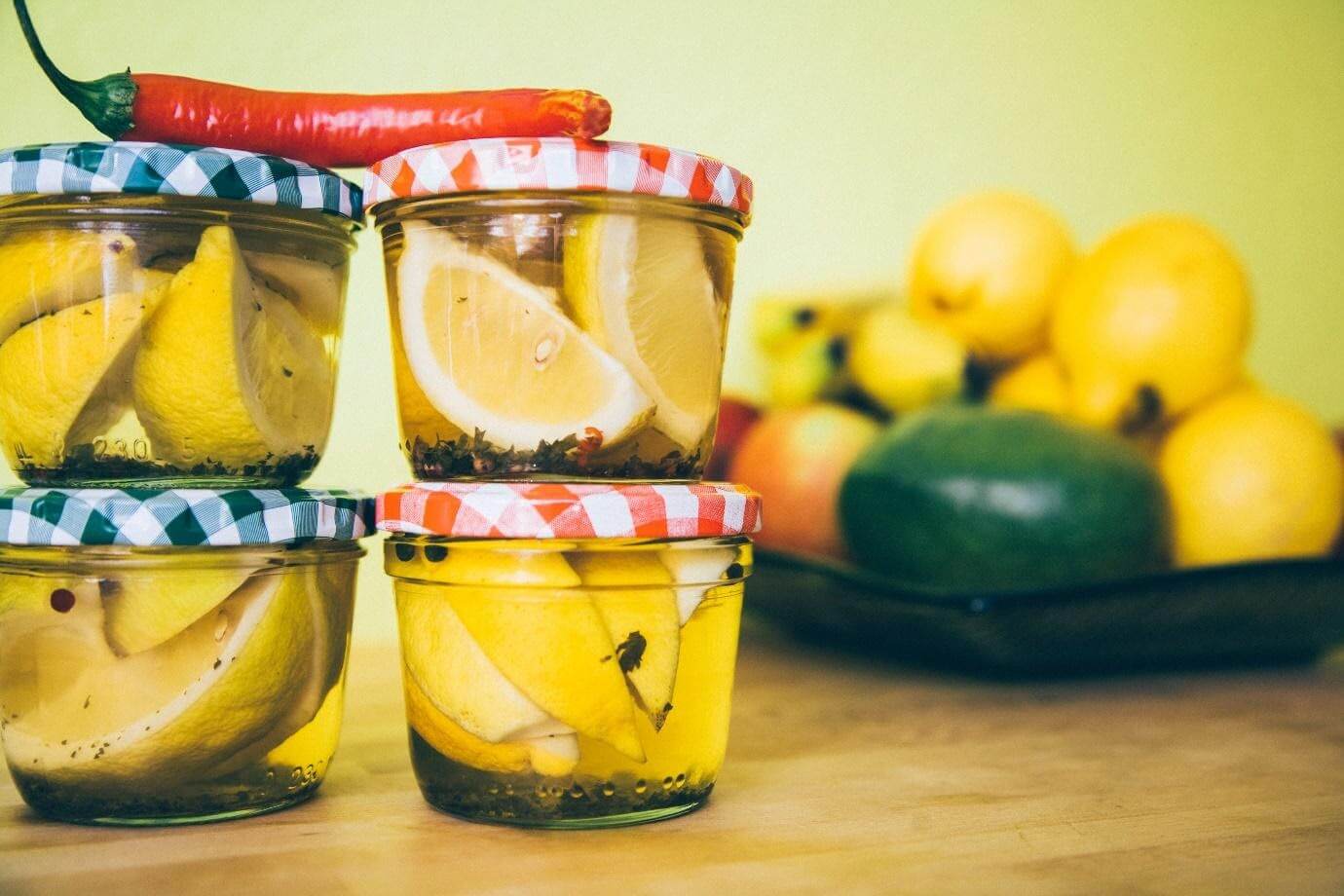Fermented Foods Are Among the Healthiest Trends
How often have you bought kefir from the supermarket in the past month? How hard was it to find that fantastic Kombucha brand? And when will you get the chance to restock on some Korean kimchi? That cider you had with your friends, the wine you enjoyed with your lover last summer…! Apart from tasting fantastic, these products have one major thing in common – fermentation.
Every once in a while, we hear about the many benefits of fermented foods. Although we’re used to simply buying them off the supermarket shelves, have you thought about making the magic happen in your own kitchen?
Ferment Your Foods
“But why would I go through that hassle?” you might wonder.
Well, laborious as it might seem at first, fermented foods are actually relatively easy to prepare, as most of the job isn’t even done by you. That’s right, once you get your hands on a recipe, you just put the ingredients together and wait for the magic to happen. A self-cooking meal? Sounds pretty convenient!
How Does It Work?
The secret is all about controlled microbial growth that transforms the flavor, texture, and aspect of a given food. What these microorganisms do is break down sugar into organic acids and alcohol. You’ve probably heard of probiotics and prebiotics. These terms give us a fair idea of what goes on ‘behind the scenes’ when we ingest, let’s say, some freshly made sauerkraut.
Probiotics essentially refer to the live bacteria naturally floating around in your gut. Lactobacillus is a pretty classic example of probiotics typically found in yogurt. But since these little fellows are alive, don’t they need something to eat, too?
That’s where prebiotics come in handy, as they provide the essential nutrients for healthy microbiome development. In short, they’re food for probiotics. And the best part of it all, prebiotics are almost everywhere: leafy greens, cereal, bananas, soy, tomatoes, garlic – in all honesty, we’re lucky that these tiny creatures aren’t picky eaters.
When it comes to fermented foods, everyone gets a good meal! People have been in love with them for thousands of generations, and there are several reasons why.
The Benefits of Consuming Fermented Foods
So many health benefits have been linked to the consistent consumption of fermented aliments. Are you feeling drowsy or downright exhausted throughout the day? Eat some fermented foods.
What’s more, it turns out that having a good microbiome can help alleviate various conditions such as high blood pressure, diabetes, obesity, and inflammation (to name only a few). This is because your gut bacteria isn’t simply consuming nutrients; it transforms these nutrients into chemical compounds vital to many of our body functions. From providing bioactive peptides to hard-to-get vitamins (such as B12), these wonderful micro-organisms surely know how to pay rent!
What Goes?
So you have finally decided to take a leap of faith: a homemade fermented food challenge. If you’re just getting started, it’s best to follow a detailed recipe to guide you through all the necessary steps.
First, let’s assume you’re going for some pickled vegetables. Then, depending on what you want to achieve, your key ingredient will be either salt, sugar, or a mix of both. The second most important thing is appropriate temperature, followed by a great deal of patience (don’t stare at your food, just do something else!).
But what vegetable should you pick? Frankly, anything goes. Cabbage, carrots, cucumbers, radish, ginger – there’s hardly any limit to the produce that you can ferment at home.
Oh, and we haven’t even mentioned fruit ferments, which you can easily preserve in honey! Raspberries, blueberries, lemon, apple, strawberries – experiment with different varieties to uncover your favorite flavors!
Finally, here’s a comprehensive list of some 20+ fermented food recipes. And don’t forget to stock up on Riviera’s fresh veggies before plunging into this extraordinary culinary adventure!



